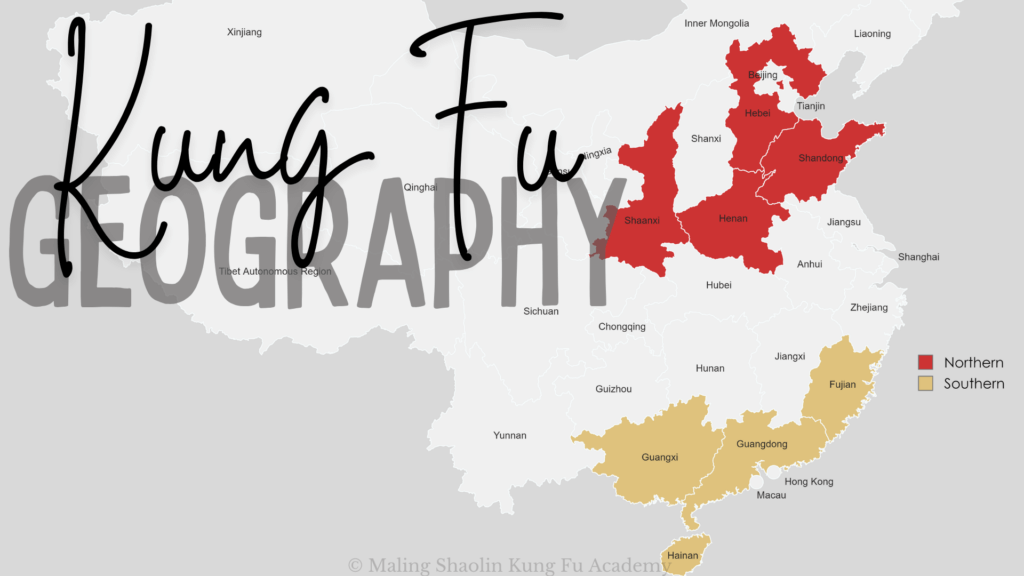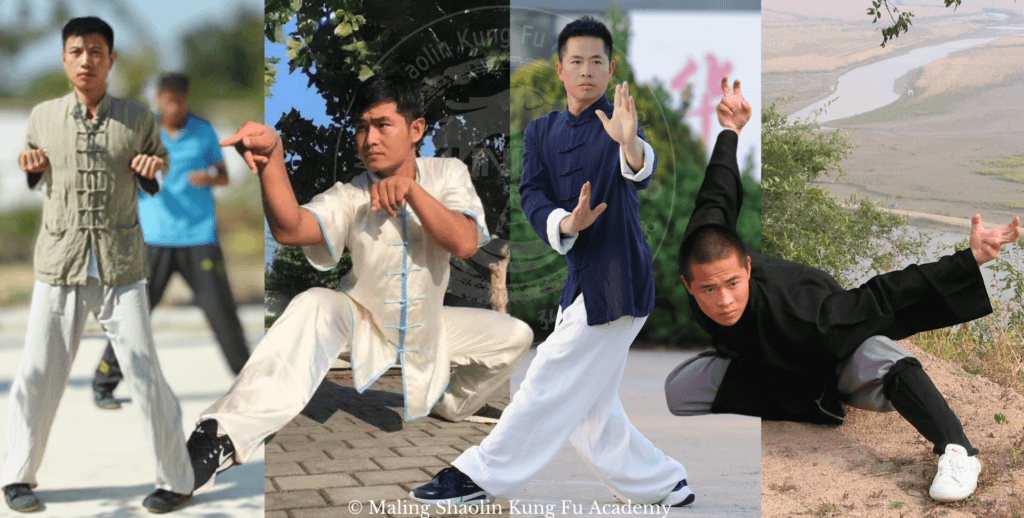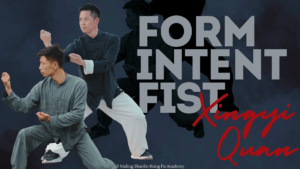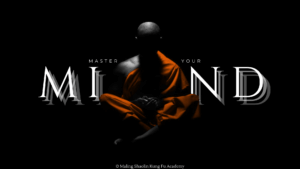Exploring the Dichotomy: Northern Kung Fu vs. Southern Kung Fu

In the realm of Chinese martial arts, the distinction between Northern Kung Fu and Southern Kung Fu serves as a fundamental categorization based on geographical origins, historical development, and distinctive characteristics. While both traditions share common roots in ancient Chinese martial arts, they have evolved separately over time, giving rise to unique styles, techniques, and philosophies. Understanding the differences between Northern and Southern Kung Fu provides insight into the diverse and dynamic landscape of Chinese martial arts.
Geographical Origins

Northern Kung Fu and Southern Kung Fu derive their names from the regions of China where they originated and developed. Northern Kung Fu refers to martial arts styles that originated in the northern provinces of China, including Shaanxi, Henan, Hebei, and Shandong. Southern Kung Fu, on the other hand, encompasses martial arts styles that originated in the southern provinces of China, such as Fujian, Guangdong, Guangxi, and Hainan. The geographical diversity of China has influenced the development of distinct martial arts traditions in these regions, each with its own unique characteristics and influences.
Physical Characteristics and Techniques
One of the most noticeable differences between Northern Kung Fu and Southern Kung Fu lies in their physical characteristics and techniques. Northern Kung Fu is often characterized by its emphasis on long-range techniques, acrobatic kicks, and fluid movements. Practitioners of Northern Kung Fu are known for their agile footwork, elaborate forms, and dynamic aerial maneuvers. In contrast, Southern Kung Fu tends to favor close-range combat, powerful strikes, and rooted stances. Southern Kung Fu styles often incorporate low, stable stances, intricate hand techniques, and rapid strikes, reflecting the influence of Southern Chinese boxing and self-defense traditions. You may have heard the famous saying, “Northern kicks, Southern fists.”
Stylistic Diversity

Both Northern Kung Fu and Southern Kung Fu encompass a wide range of martial arts styles, each with its own unique techniques, forms, and training methods. Northern Kung Fu styles include iconic disciplines such as Northern Shaolin, Bagua, Eagle Claw, and Long Fist, each known for its distinct movements and strategies. Southern Kung Fu styles encompass renowned disciplines such as Wing Chun, Hung Gar, Choi Li Fut, and Southern Praying Mantis, each characterized by its emphasis on close-quarters combat, internal power generation, or animal mimicry. The diversity of styles within Northern and Southern Kung Fu reflects the rich heritage and cultural diversity of Chinese martial arts.
Philosophical and Cultural Influences
Beyond physical techniques, Northern Kung Fu and Southern Kung Fu are shaped by distinct philosophical and cultural influences. Northern Kung Fu styles often emphasize flexibility, agility, and adaptability, reflecting the influence of Daoist philosophy and the concept of yielding to force. Southern Kung Fu styles, on the other hand, place greater emphasis on power, strength, and rootedness, reflecting the influence of Confucian values and the concept of assertiveness and determination. Additionally, Northern Kung Fu and Southern Kung Fu may incorporate elements of Buddhism, Taoism, and traditional Chinese medicine into their training regimens, further enriching their philosophical and cultural dimensions.
Conclusion
In summary, the differences between Northern Kung Fu and Southern Kung Fu are rooted in geography, history, physical techniques, stylistic diversity, and philosophical influences. While both traditions share common origins in ancient Chinese martial arts, they have evolved separately over time, giving rise to diverse and distinctive martial arts styles that continue to captivate practitioners and enthusiasts around the world. Understanding the nuances of Northern and Southern Kung Fu provides a deeper appreciation for the rich heritage and cultural legacy of Chinese martial arts.




